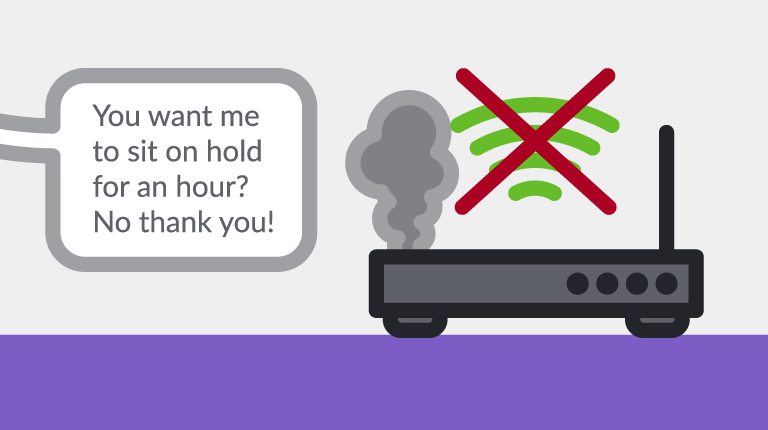2018 was an exciting year for the customer care industry. To celebrate the year coming to a close, we’re taking a look back at some of the big trends for the year that we covered here on the Interactions blog.
Customer Care Has Become Much More Complex
We started off the year by talking about the evolution of customer care over time — and how the emergence of digital channels has made managing customer care increasingly complex. Customer care of today looks nothing like customer care of the past, and organizations often find it challenging to keep up. Despite the complexities of managing today’s variety of channels, it’s important to start by first understanding your customer — who they are and what their channel preferences are. That way, you’ll know where to meet them, and where to spend your time in terms of optimizing channel performance.
Chatbots Failed to Live up to the Hype
Early on, many were referring to 2018 as the ‘year of the chabot’. But, as we all saw, the technology has failed to live up to expectations. As we have discussed in detail, this has a lot to do with the fact that chatbots are only as smart as the technology behind them. While chatbots can be great for automating simple tasks to save time, when it comes to enterprise customer care they often fall short. Most importantly, they lack the understanding, context and persistence that omnichannel Intelligent Virtual Assistants are able to offer your customers.
Customers Are More Comfortable than Ever with AI
In the Fall, Interactions conducted online research that found that customers are increasingly comfortable interacting with AI. We even found that there are some circumstances where your customers may prefer to interact with AI. In particular, customers are more willing to interact with AI:
- When it enables speedier transactions
- When it leads to a personalized experience
- When it helps them solve an embarrassing issue
But Companies Still Have to Be Mindful of How They Use AI
Consumers’ growing comfort with AI is not without its caveats. While, overall, consumers are generally willing to interact with AI because it makes interactions easier and saves time, there are instances where AI can be more creepy than helpful. Specifically, consumers will tolerate AI being a little invasive when it alerts them to a potential issue, helps them resolve a problem quickly, or solves a complex problem.
On the other hand, if AI sounds like a human but doesn’t identify itself as an automated solution, or uses information the consumer did not directly provide to make predictions, consumers are more likely to see AI as creepy instead of helpful. For organizations, this means being thoughtful about how you’re incorporating AI into your customer care strategy, and taking steps to ensure that your customers are comfortable with how automation is using their information.
The Debate over Channel Preferences Continues
As we covered earlier in the year, the evolution of customer care channels has led to a lot of debate over which channels customers actually prefer to use. And Interactions research finds that consumers are actually split when it comes to preferences for talking or typing. Sure, there are some generational differences — with more Millennials skewing towards typing and Boomers towards talking — but overall we found that both traditional and digital channels are still very much in use.
In general, consumers say that voice is an easier channel to use when they want to get things done, while texting or typing is usually a workaround to avoid wait times or multi-task. The problem, however, is that the majority of consumers (over 90%) report experiencing frustrations with traditional voice channels: being stuck on hold, having to repeat themselves, or just not being understood.
What does all of this mean for your organization? Well, there’s no denying that the customer care landscape continues to evolve at a rapid pace. It may seem overwhelming, and you may feel pressure to quickly adopt new channels as they pop up. But it’s important to remember that your customers are still using your existing channels as well — and that those have to function well before you start adding new channels. Always bring it back to your customer — who they are and how they want to reach you — so that you can develop a channel strategy that best fits their needs.





